Website Design
Introduction
Website design refers to the process of creating websites. It encompasses several different aspects, including webpage layout, content production, and graphic design. While the terms web design and web development are often used interchangeably, web design is technically a subset of the broader category of web development.
History
The history of web design is relatively brief, compared to other media, but it is nonetheless filled with notable advancements and innovations. The first websites were created in the early 1990s. These early websites were very simple compared to today's standards, and were entirely text-based. The first website, created by Tim Berners-Lee in 1991, was used to provide information on the World Wide Web project.
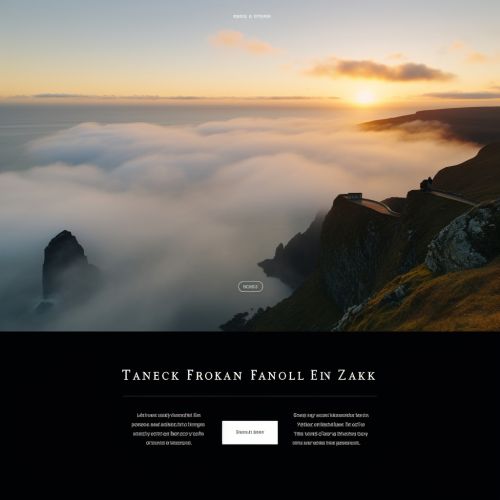
Web Design Elements
Web design uses many of the same key visual elements as traditional design such as:
Layout
The way the graphics, ads, and text are arranged. In the web world, a key goal is to help the view find the information they seek at a glance. This includes maintaining the balance, consistency, and integrity of the design.
Color
The choice of colors depends on the purpose and clientele; it could be simple black-and-white to multi-colored design, conveying the personality of a person or the brand of an organization, using web-safe colors.
Graphics
Graphics can include logos, photos, clipart, or icons, all of which enhance the web design. For user friendliness, these need to be placed appropriately, working with the color and content of the web page, while not making it too congested or slow to load.
Fonts
The use of various fonts can enhance a website design. Most web browsers can only read a select number of fonts, known as "web-safe fonts", so your designer will generally work within this widely accepted group.
Content
Content and design can work together to enhance the message of the site through visuals and text. Written text should always be relevant and useful, so as not to confuse the reader and to give them what they want so they will remain on the site. Content should be optimized for search engines and be of a suitable length, incorporating relevant keywords.
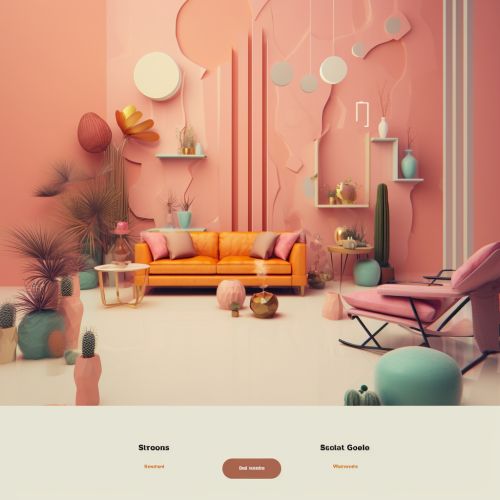
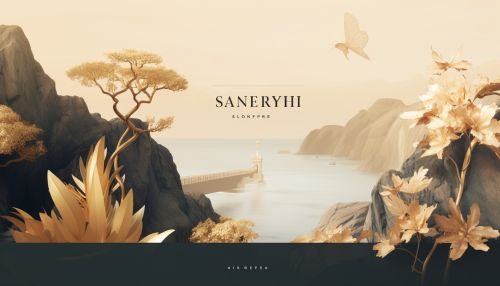
Web Design Tools and Technologies
Web designers use a variety of different tools depending on what part of the production process they are involved in. These tools are updated over time by newer standards and software but the principles behind them remain the same. Web designers use both vector and raster graphics editors to create web-formatted imagery or design prototypes. Technologies used to create websites include standardised mark-up, which can be hand-coded or generated by WYSIWYG editing software.
There is also proprietary software based on plug-ins that bypasses the client’s browsers version, these are often WYSIWYG but with the option of using the software’s scripting language. Search engine optimisation tools can be used to check search engine ranking and suggest improvements. Other tools web designers might use include mark up validators and other testing tools for usability and accessibility to ensure their websites meet web accessibility guidelines.
Web Design Approaches and Styles
There are two primary jobs involved in creating a website: the web designer and web developer, who often work closely together on a website. The web designers are responsible for the visual aspect, which includes the layout, coloring, and typography of a web page. Web designers will also have a working knowledge of markup languages such as HTML and CSS, although the extent of their knowledge will differ from one web designer to another.
There are several different styles and approaches to web design, including:
Responsive Design
Responsive web design is a newer approach, based on CSS3, and a deeper level of per-device specification within the page's stylesheet through an enhanced use of the CSS @media rule. In March 2018 Google announced they would be rolling out mobile-first indexing. Sites using responsive design are well placed to ensure they meet this new approach.
Static Design
Static websites may still use server side includes (SSI) as an editing convenience, such as sharing a common menu bar across many pages. As the site's behaviour to the reader is still static, this is not considered a dynamic website.
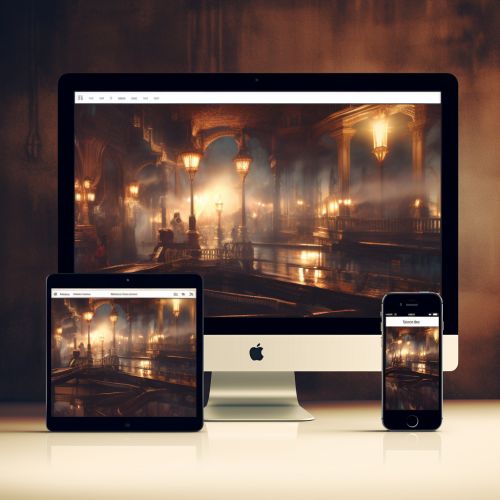
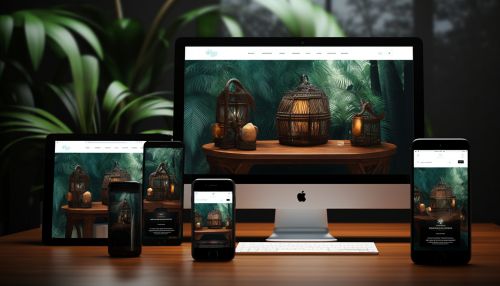
Web Design Careers
A career in web design can be fulfilling and rewarding, offering opportunities to work on exciting projects, flex creative muscles, and even work from home or remotely. Web designers may work independently as freelancers, or in an office environment with a team of other designers. They may also work closely with marketing and public relations teams, as well as IT professionals to ensure the website meets the needs of the company or organization.
Web designers need a variety of skills, including a solid understanding of layout and design principles, as well as proficiency in HTML, CSS, and other coding languages. They also need to be familiar with design software such as Adobe Illustrator and Photoshop, and should have a good understanding of SEO principles.
Conclusion
Website design is a complex and ever-changing field, with new trends and technologies emerging all the time. It requires a combination of creative design skills and technical knowledge. Despite the challenges, web design is a rewarding career with plenty of opportunities for those with the right skills and experience.
